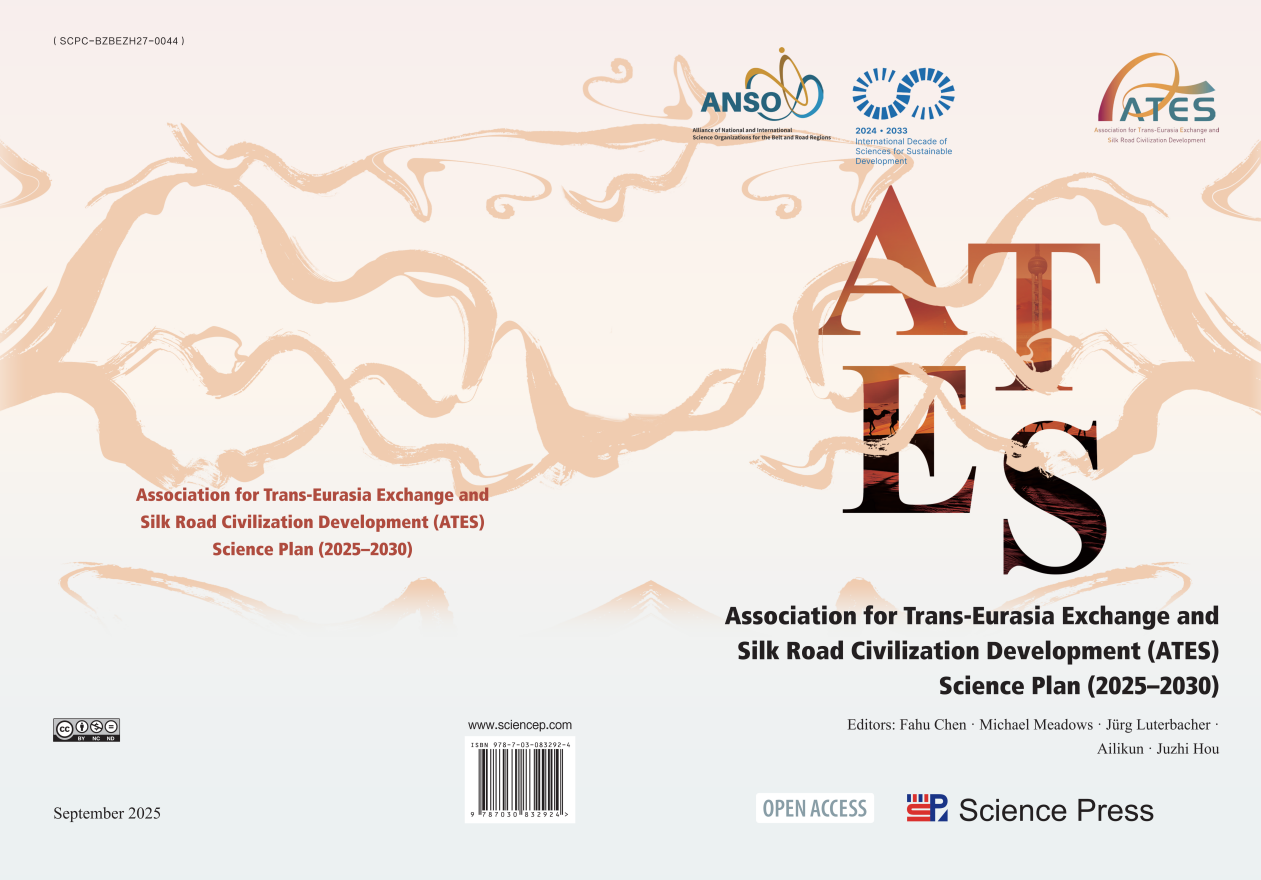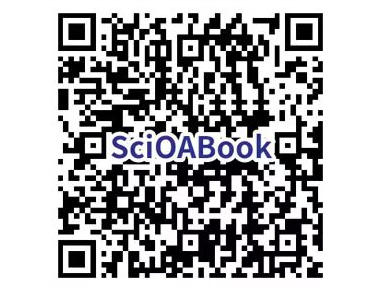On September 9, 2025, the “Association for Trans-Eurasia Exchange and Silk Road Civilization Development (ATES) Science Plan (2025-2030)” was officially lanuched in Budapest, Hungary. This science plan, co-edited by Fahu Chen, Michael Meadows, Jürg Luterbacher, Ailikun, and Juzhi Hou is a culmination of two years of dedicated effort, involved the collaborative input of over 50 experts worldwide in its initiation, drafting, and revision. It was formally published by the Science Press in September 2025.
Recently, Science Press officially made this book available for online reading and free download on its Open Access (OA) platform. Notably, it is the first academic book released on Science Press's OA platform, marking a significant step forward in promoting Open Science and knowledge sharing.

Readers may access at the following URL:
https://zlib.zkcmkj.com/redirect/bookdetailt=bookdetail&arg=14c929a69c2e422b8b292e07d414fcb9
or Scan the QR code:

Book Description
As an ancient trade network across Eurasia, the Silk Road was not only a vital trade corridor but also a melting pot for cultures, arts, sciences, and technological innovations between East and West. Meanwhile, it traversed complex geographical terrains and diverse landscapes across Eurasia, such as the Gobi Desert, oases, high mountains, forests and grasslands. Climate and environmental changes have profound impacts on human migrations, trade networks, political-economic structures, and socio-cultural characteristics in the region, offering a valuable opportunity to investigate human-environment interactions.
The “Association for Trans-Eurasia Exchange and Silk Road Civilization Development (ATES) Science Plan (2025-2030)” presents a unique and timely opportunity for advancing and refining our understanding of the dynamic relationship between human and nature. With a focus on cutting-edge research such as human migration across Eurasia, the origins of agriculture and early farming, human-environment interactions, East-West exchanges on culture, science and technology, and the evolution of Silk Road civilizations, this science plan establishes a comprehensive research framework and institutional roadmap to support interdisciplinary and cross-regional cooperation along the Silk Road.